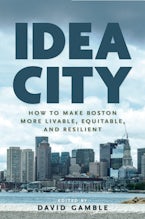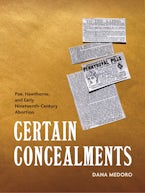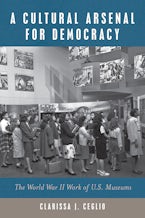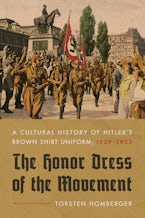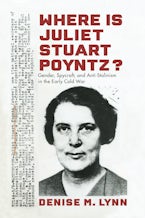- Home
- Wit and Wisdom

Wit and Wisdom
The Forgotten Literary Life of New England Villages
Published by: Bright Leaf
272 Pages, 5.25 x 8.50 x 0.80 in, 15 illus.
Other Retailers:
The lyceum movement gained momentum in the decades preceding the Civil War, presenting members with the opportunity to participate in literary life and engage with the issues of the day. While urban lyceums played host to a who's who of nineteenth-century intellectual life, literary societies also cropped up in thousands of villages across the nation, acting as influential sites of learning, creativity, and community engagement. In rural New England, ordinary men and women, farmers and intelligentsia, selectmen and schoolchildren came together to write and perform poetry and witty parodies and debate a wide range of topics, from women's rights and temperance to slavery, migration, and more.
Wit and Wisdom takes readers inside this long-forgotten tradition, providing new access to the vibrant voices, surprising talents, and understated humor on display on many a cold winter's night. Having uncovered dozens of handwritten newspapers produced by village lyceums across Maine, New Hampshire, Vermont, and Massachusetts, Joan Newlon Radner proves that these close-knit groups offered a vital expression of the beliefs, ambitions, and resilience of rural New Englanders.
JOAN NEWLON RADNER is professor emerita of literature at American University. She is past president of both the National Storytelling Network and the American Folklore Society.
“In Radner’s hands, the newspapers bring these villages to life, revealing their inhabitants’ values, literacy, humor, hopes, fears, and much more. Radner skillfully draws on her extensive research and her informed historical imagination to bring the reader into the lyceum, where the audience clapped, whistled, and stomped its feet.”—Joseph A. Conforti, author of Imagining New England: Explorations of Regional Identity from the Pilgrims to the Mid-Twentieth Century
“Radner contributes new information about how rural lyceums worked, and who participated in them, with a real attention to detail. She is also attuned to the gender roles and ideology within the lyceum communities in an important way. I particularly enjoyed Radner’s depiction of her forensic investigations into her great-grandmother’s papers.”—Susan Branson, author of Scientific Americans: Invention, Technology, and National Identity


